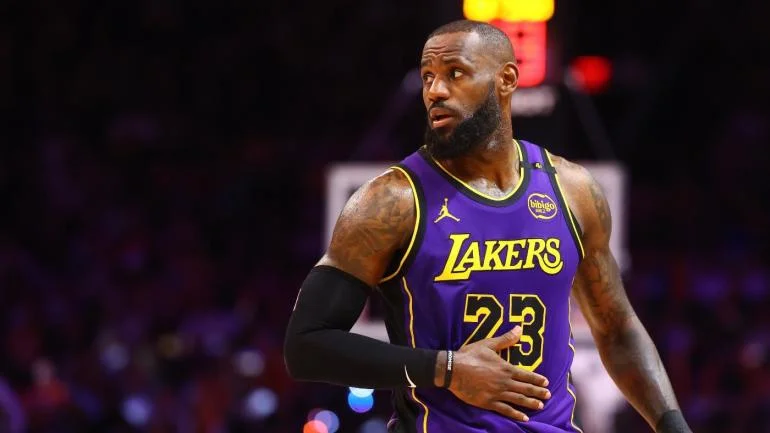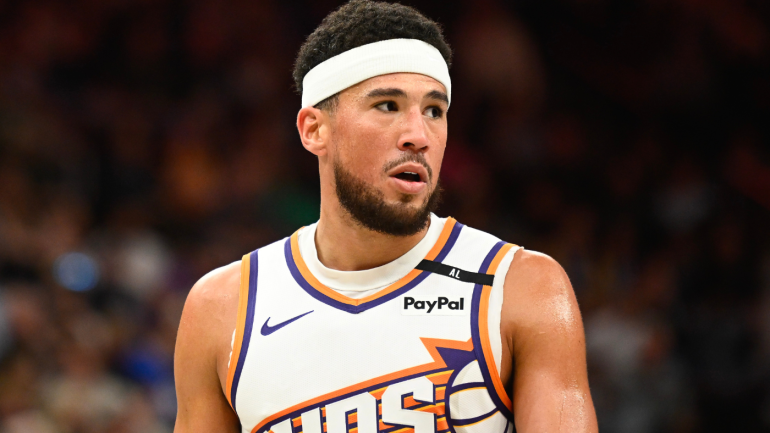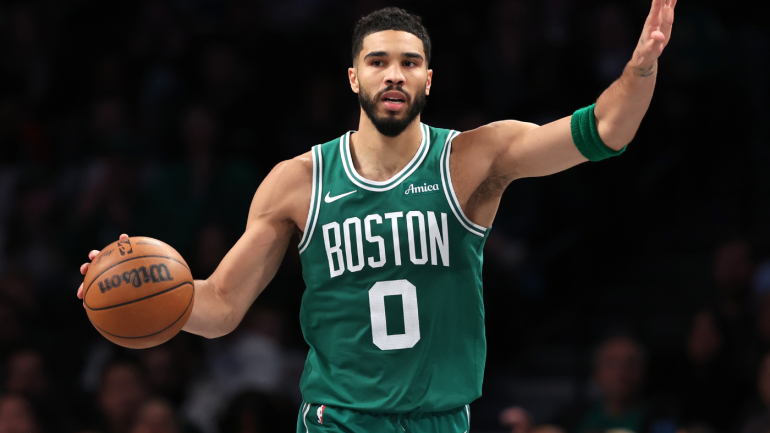Myles Turner has taken his game to a new level this season.
On the Indiana Pacers’ opening night, their second-year center Myles Turner stole the show. He erupted for 30 points, 16 rebounds, and 4 blocks, adding in a three-pointer for good measure.
Turner has everything that you’d want a big man to have in today’s NBA; he’s a rim-protector and shot-blocker, but he’s also fast and has enough range to stretch to the three-point line. Effectively, he’s a “stretch 5” like draft-mates Karl-Anthony Towns and Kristaps Porzingis. They’re a new breed of NBA player that should reinvent the game even further and terrify defenses for the next decade.
But unlike KAT and Porzingis, Turner wasn’t seen as a franchise player coming into the draft. He only went #11, behind solid but more one-dimensional players like Willie Cauley-Stein, Stanley Johnson, and Frank Kaminsky.
How in the world does that happen? It’s not like Myles Turner was an unknown who burst out of nowhere. In fact, he had been the #2 recruit in all of high school (according to ESPN).
Turner’s problem came in college, where he attended Texas for one year. He only played 22 minutes a game and produced modest stats (10 points, 6 rebound averages). There were positive signs, like the per-minute efficiency, and the 2.2 blocks per game, but plenty of question marks as well. He hadn’t been as dominant as expected, at a level that he should have rolled through. Further, his team disappointed, finishing only 20-14 and losing in the first round (what the NCAA now calls the “second round”) of the tournament as an #11 seed. That, along with concerns about his gait (seriously, the way he walked), caused him to slip in the draft.
But looking back with 20/20 hindsight, Turner’s career path — his underwhelming freshman year, and his “surprising” NBA success — weren’t new. In fact, they’ve been happening over and over again.
Let’s take a look:
Steven Adams
The big Kiwi had plenty of hype as a recruit, landing #6 on ESPN despite limited exposure in the States. However, like Turner, he didn’t dominate in his freshman season at Pitt. In fact, he did even worse. Again, in limited minutes (23 a game), Adams only produced 7.2 points and 6.2 rebounds a game. Pitt was a solid 24-9 and an #8 seed but lost in the first round to #9 Wichita State.
As a result of that underwhelming year, Adams fell all the way to the #12 pick in the draft, behind more productive college players like Ben McLemore, Trey Burke, and Michael Carter-Williams. It’s taken some time for Adams to live up to his potential, but we’d certainly slot him a lot higher than those college stars now.
Andre Drummond
Just one year prior, Drummond fell into almost the exact same career arc. He had been a huge recruit (#2 on ESPN) that landed on a rebuilding UConn squad. He did play 28 minutes a game as a freshman but didn’t dominate, with only 10 points and 7.6 rebounds a night. His 2.7 blocks were promising but didn’t translate to a great year for UConn. The team only went 20-14 and got knocked off in the first round as well.
As a result of that underwhelming play, Drummond fell all the way to #9 in the draft, behind college stars who had better years like Thomas Robinson. Right now, it seems absurd that the rebounding machine lasted that long — in hindsight, he should have been the #3 pick behind Anthony Davis and Damian Lillard.
DeAndre Jordan
Pardon me for being repetitive, but I presume you’re seeing a pattern emerge here. Actually, Jordan wasn’t a sure-fire stud of a prospect and was only listed at #25 on ESPN. Still, the high-flying big man was expected to be head and shoulders above his competition in college.
Instead, he didn’t do much for Mark Turgeon’s Texas A&M team at that time, averaging a modest 7.9 points and 6.0 rebounds per game as a freshman. The Aggies went a ho-hum 25-11, winning one game as a #9 seed then losing in the second round to #1 UCLA.
Jordan’s fall in the draft was more pronounced, as he somehow slid all the way to the second round, at pick #35. Among players selected ahead of him: Joe Alexander (remember him?), Anthony Randolph, J.J. Hickson, J.R. Giddens, Walter Sharpe (even I don’t remember him). Despite all his athletic potential, Jordan still got selected behind a shorter, stumpier, floor-bound big man like Joey Dorsey who went #33.
Conclusion
The old adage was that if you were a 7-footer who could walk and chew gum at the same time, you’d go in the top 5 of the NBA draft. But clearly, these big men prove that NBA scouts have been undervaluing a very specific type of big man.
These players all were top recruits (aside from Jordan, maybe), who had one underwhelming season of college, playing for programs that had a brief and unmemorable tournament trip.
As a result, NBA GMs blamed them and knocked them down their draft boards. Instead, we should start to realize that perhaps NCAA basketball isn’t suited well for bigs, especially in this one-and-done era.
Aside from the issue of style of play, we’re talking about a different type of development track. Centers take longer to become dominant players and require more attention when it comes to conditioning as well. As short-term rentals in college, they often disappoint. But as long-term projects in the NBA, they often exceed expectations.
This formula doesn’t always work (see: Mullens, B.J.) but it’s worth monitoring. In the future, we should be keeping an eye out for this type of prospect as someone who may be underrated in the draft. Kentucky-turned-Kings center Skal Labissiere certainly fits that mold, as the top prospect parlayed a disappointing year for the Wildcats into a #28 draft spot. Given what we know about this recent trend, that gamble may have been more than worth it.




